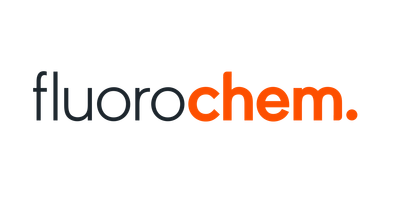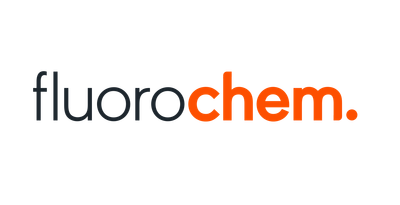Lactate dehydrogenase (LDH)
Lactate dehydrogenase (LDH) ≥290 U/mg protein
One unit (U) is defined as the amount of enzyme that oxidises one µmole of NADH per min at pH 7.4 and 25 °C.
Enzyme: a neoclassical, Greek artificial word ενζυμου, énzymon, derived from εν-, en- (in-) and ζυμη, zýmé (yeast, sourdough, archaic)
Ferments: comes from the Latin fermentum (ferments, sourdough)
There are six classes in which all enzymes are classified according to the particular reaction they catalyse:
• Oxidoreductases (catalyse redox reactions)
• Transferases (transfer functional groups among substrates)
• Hydrolases (cleave bonds via addition of water)
• Lyases/Synthases (cleave or synthesise complex products out of basic substrates without cleavage of ATP)
• Isomerases (transform chemical isomers)
• Ligases/Synthetases (cleave or synthesise complex products out of basic substrates via cleavage of ATP)
Enzyme: a neoclassical, Greek artificial word ενζυμου, énzymon, derived from εν-, en- (in-) and ζυμη, zýmé (yeast, sourdough, archaic)
Ferments: comes from the Latin fermentum (ferments, sourdough)
There are six classes in which all enzymes are classified according to the particular reaction they catalyse:
• Oxidoreductases (catalyse redox reactions)
• Transferases (transfer functional groups among substrates)
• Hydrolases (cleave bonds via addition of water)
• Lyases/Synthases (cleave or synthesise complex products out of basic substrates without cleavage of ATP)
• Isomerases (transform chemical isomers)
• Ligases/Synthetases (cleave or synthesise complex products out of basic substrates via cleavage of ATP)
| Appearance | white powder |
| Activity | ≥290 U/mg protein |
| Pyruvate kinase | ≤0,01 % |
| Alanine aminotransferase (GPT) | ≤0,025 % |
| Malate dehydrogenase | ≤0,05 % |
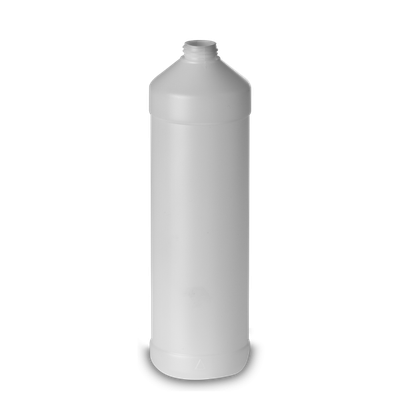


![5,7-dimethyl[1,2,4]triazolo[4,3-a]pyrimidine-3-thiol, 1g 5,7-dimethyl[1,2,4]triazolo[4,3-a]pyrimidine-3-thiol, 1g](https://d2j6dbq0eux0bg.cloudfront.net/images/88473019/4863982869.png)

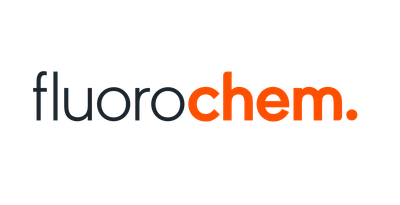
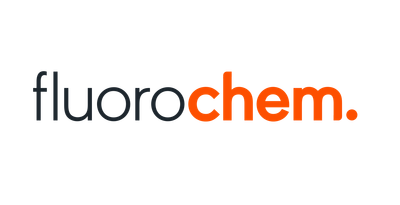
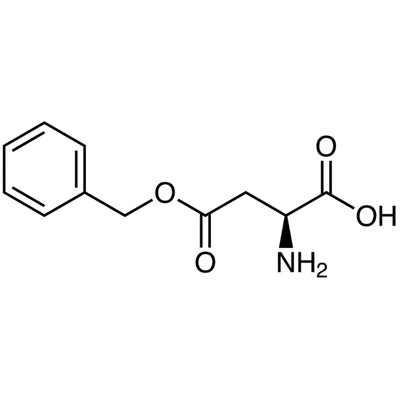

![Benzyl 1,8-diazaspiro[4.5]decane-1-carboxylate hydrochloride, 95.0%, 100mg Benzyl 1,8-diazaspiro[4.5]decane-1-carboxylate hydrochloride, 95.0%, 100mg](https://d2j6dbq0eux0bg.cloudfront.net/images/88473019/4763341155.png)
